El Calafate
A stunning viewpoint near El Calafate, Loma Pizarras offers breathtaking panoramic vistas of the Andes, turquoise lakes, and the vast Patagonian steppe—perfect for hiking and photography in Argentina's Santa Cruz Province.
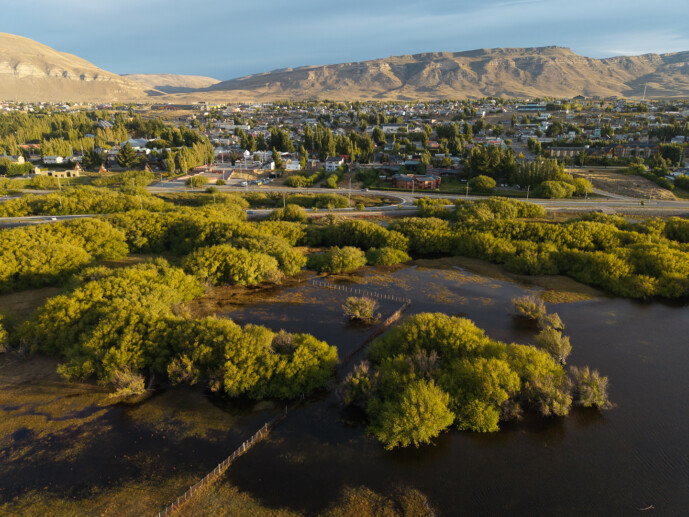
Nestled in the windswept plains of Southern Patagonia, El Calafate is a gateway to Argentina’s glacial wonders. This unassuming city, framed by the turquoise waters of Lago Argentino, serves as the perfect base for exploring the awe-inspiring Perito Moreno Glacier. Its rustic charm, infused with the spirit of the frontier, invites travelers to savor slow-paced moments amid nature’s grandeur.
Destination Facts
- Official Name: El Calafate
- Type of Destination: City
- Brief Description: A gateway to Patagonia’s glacial wonders, El Calafate blends rugged natural beauty with a charming small-town atmosphere, serving as the base for exploring Los Glaciares National Park.
- Location: Southern Patagonia, on the southern shore of Lago Argentino, Santa Cruz Province, Argentina.
- Year Established/Founded: 1927
- Governing Body/Management: Municipalidad de El Calafate (City Council)
- Significance/Known For: Proximity to Perito Moreno Glacier, one of the few advancing glaciers in the world, and its role as a hub for Patagonian adventure tourism.
- Size/Area: Approximately 70 km² (city area)
- Population: ~25,000 (as of recent estimates)
- Main Attractions/Key Features:
- Perito Moreno Glacier (within Los Glaciares National Park)
- Glaciarium (Patagonian Ice Museum)
- Lago Argentino (boat tours to glaciers)
- Best Time to Visit: Late spring to early autumn (November to March) for milder weather and glacier access, though winter offers stark, quieter beauty.
- Entrance Fee/Ticket Info: Fees apply for Los Glaciares National Park; check official park website for current rates.
- Operating Hours: N/A (city itself is accessible year-round; specific attractions vary).
- Website: elcalafate.gob.ar (official municipal site)
Essentials
- Top Attractions: Perito Moreno Glacier, Cueva de las Manos Pintadas, Ruta 40, Laguna Nimez
- Best Months to Visit: December, February, January, November
Tours and Day Trips
Perito Moreno Glacier Tour
No visit to El Calafate is complete without witnessing the awe-inspiring Perito Moreno Glacier, part of Los Glaciares National Park. This colossal ice formation, one of the few advancing glaciers in the world, offers visitors the chance to observe its dramatic calving events from well-placed viewing platforms. The excursion typically includes a short boat ride for closer views and a guided walk along the park’s trails. Suitable for all travelers, the tour lasts approximately 6–8 hours, with the glacier located just 80 kilometers from El Calafate.
Boat Safari to Upsala Glacier
For those seeking a more intimate encounter with Patagonia’s icy giants, a boat safari to Upsala Glacier is a remarkable choice. Departing from Puerto Bandera, the journey navigates through the turquoise waters of Lago Argentino, passing floating icebergs and offering panoramic views of the glacier’s towering blue walls. This full-day excursion is ideal for nature lovers and photographers, though it requires some patience as weather conditions can influence the itinerary.
Estancia Cristina Discovery Tour
A blend of history and adventure, the Estancia Cristina tour transports visitors to a remote early-20th-century sheep ranch, accessible only by boat. The day includes a guided hike to the Upsala Glacier viewpoint or a 4×4 expedition to the fossil-rich landscapes of the Andes foothills. This immersive experience, lasting about 10 hours, appeals to history enthusiasts and active travelers alike, offering a glimpse into Patagonia’s pioneering past.
El Chaltén Full-Day Trekking Excursion
For the more adventurous, a day trip to El Chaltén, Argentina’s trekking capital, provides access to some of Patagonia’s most stunning trails. Options range from the moderate hike to Laguna de los Tres, with its iconic views of Mount Fitz Roy, to the easier stroll to Chorrillo del Salto waterfall. The journey from El Calafate takes about 2.5 hours by road, making it a feasible day excursion for hikers of varying skill levels.
Patagonian Ranch Experience
Experience the gaucho culture with a visit to a traditional Patagonian estancia. These working ranches offer horseback riding across vast steppes, sheep-shearing demonstrations, and hearty asado lunches. The half-day or full-day tours provide a tranquil contrast to the region’s glacial landscapes, ideal for families and those interested in rural Patagonian life.
Accommodation
Alto Calafate ( hotel in calafate)
Alto Calafate is a charming hotel nestled in the heart of El Calafate, Argentina, offering stunning views of the Andes and easy access to the iconic Perito Moreno Glacier.
Xelena Hotel

Hotel Alto Calafate
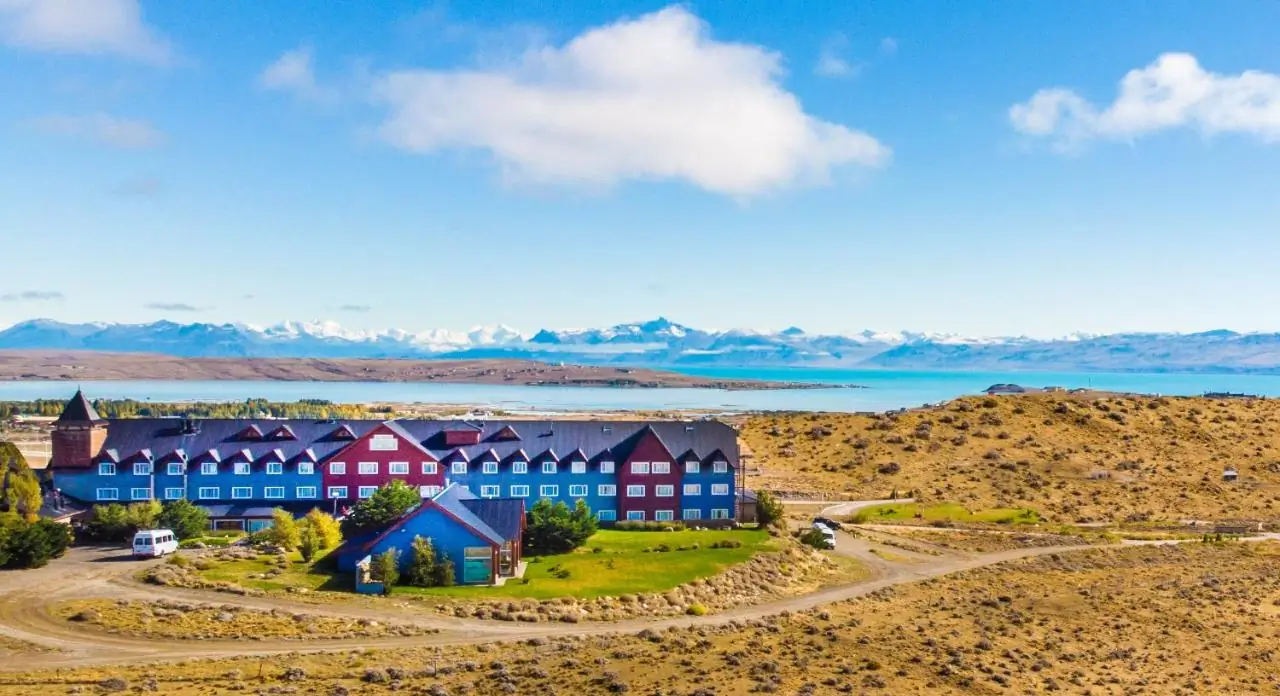
Hotel Picos Del Sur
Nestled in the stunning Patagonian landscape, Hotel Picos Del Sur offers cozy accommodations with breathtaking views, making it an ideal base for exploring Calafate's natural wonders.
Hostal Matices
Charming Hostal Matices in El Calafate offers cozy accommodations with stunning views of the Andes, providing an ideal base for exploring Patagonia's breathtaking landscapes and nearby glaciers.
Calafate Hostel
Calafate Hostel offers cozy accommodations in the heart of El Calafate, Argentina, providing a friendly atmosphere and stunning views of the Patagonian landscape, ideal for adventurers and travelers alike.
Lago Argentino Hostel
Nestled in the heart of El Calafate, Lago Argentino Hostel offers cozy accommodations with stunning views, perfect for adventurers exploring the breathtaking landscapes of Patagonia, Argentina.
Apart Hotel Jardín
A charming retreat in El Calafate, Apart Hotel Jardín offers cozy accommodations with stunning views of Patagonia's landscapes, perfect for adventurers exploring the breathtaking beauty of Argentina.
Amigo del Mundo Hostería y Apart Hotel
A charming retreat in El Calafate, Amigo del Mundo Hostería y Apart Hotel offers cozy accommodations with stunning Patagonia views, ideal for exploring the nearby majestic glaciers.
Hotel Bahia Redonda
Hotel Bahia Redonda in El Calafate offers a cozy retreat with stunning views of Lake Argentino, blending comfort and nature in the heart of Argentine Patagonia.
Hosteria Puerto San Julian

Hotel Quijote
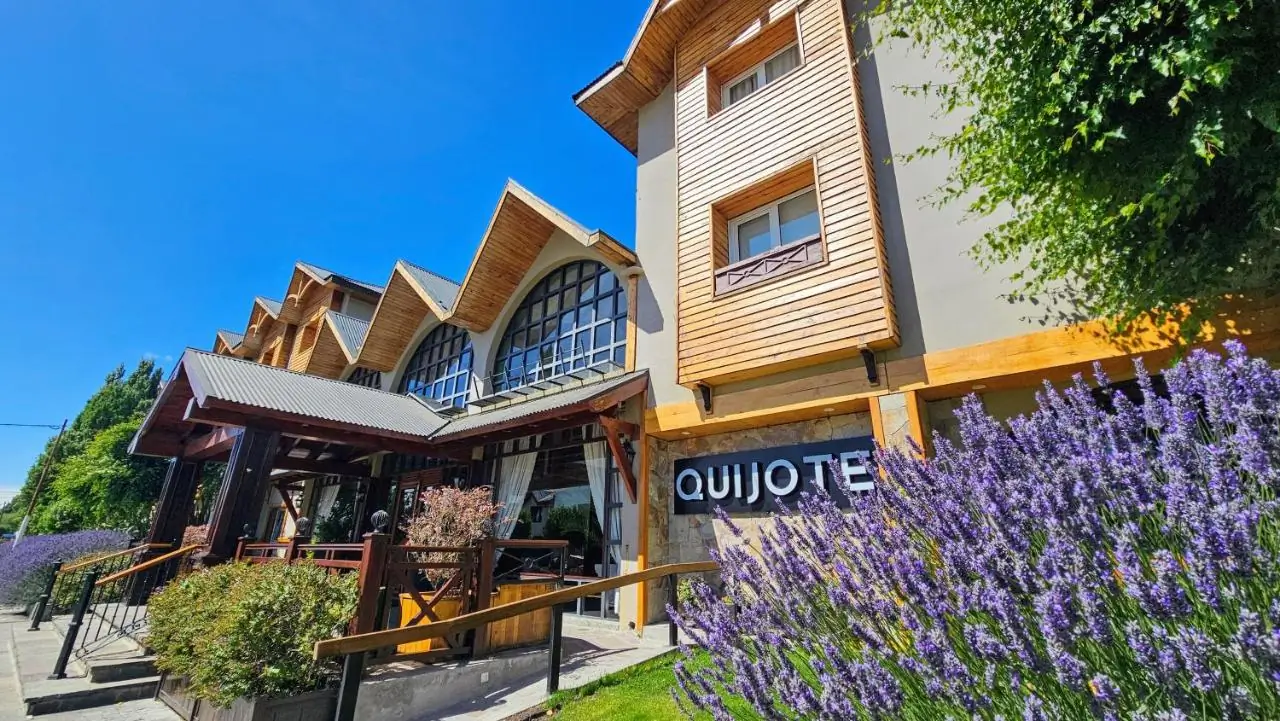
Hotel Posada Los Alamos
A charming retreat in El Calafate, Hotel Posada Los Alamos offers cozy accommodations with stunning Patagonian views, warm hospitality, and easy access to Perito Moreno Glacier and Los Glaciares National Park.
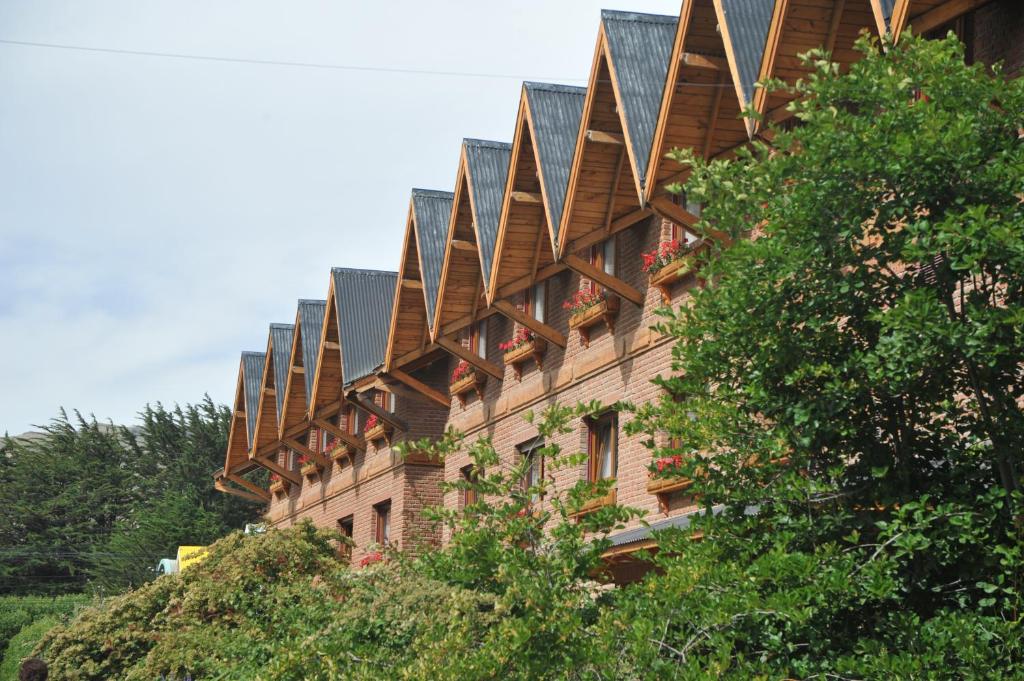
Hotel Kosten Aike
A charming retreat in El Calafate, Hotel Kosten Aike offers cozy accommodations with stunning Patagonian views, just minutes from Los Glaciares National Park and the iconic Perito Moreno Glacier.
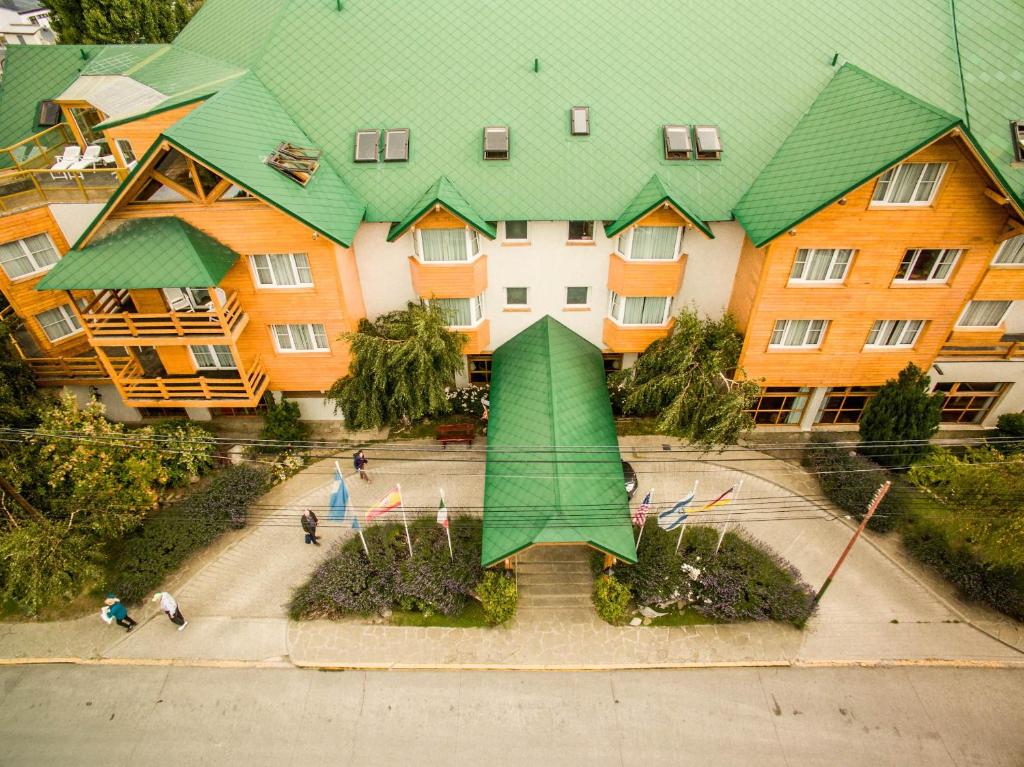
Mirador del Lago Hotel
A must-visit retreat in El Calafate, Mirador del Lago Hotel offers stunning lake views, cozy Patagonian charm, and easy access to Perito Moreno Glacier. Perfect for nature lovers and adventure seekers.
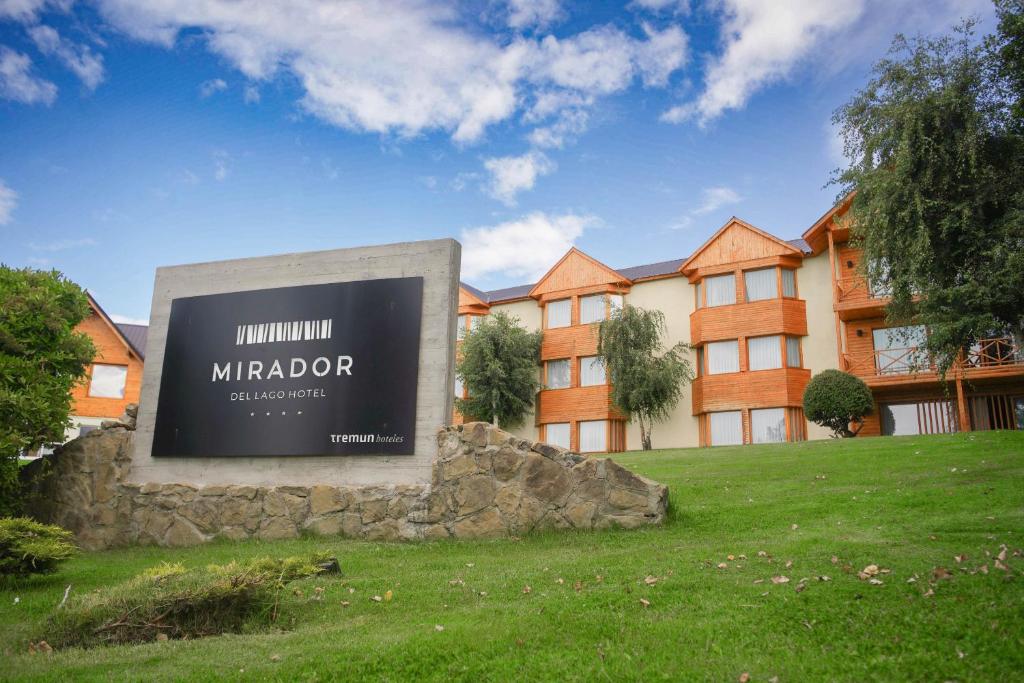
Design Suite
Perched above Lago Argentino, this design-forward hotel in El Calafate offers breathtaking panoramic views, placing you at the very doorstep of Patagonia's famous glaciers.

When to visit
Best Time to Visit El Calafate
El Calafate, a gateway to Southern Patagonia, offers distinct seasonal charms, each with its own allure. The ideal time to visit depends on your preferences for weather, activities, and crowd levels.
Seasonal Breakdown
Summer (December–February)
The warmest months bring long daylight hours, with temperatures ranging from 10°C to 25°C. This is peak tourist season, ideal for hiking in Los Glaciares National Park or cruising to Perito Moreno Glacier. However, accommodations fill quickly, and prices rise.
- Pros: Best weather for outdoor activities; all attractions open.
- Cons: Crowds and higher costs.
- Events: Fiesta Nacional del Lago (January) features local music and crafts.
Autumn (March–May)
A quieter, shoulder season with crisp air and golden landscapes. Temperatures drop to 5°C–15°C, and occasional rain occurs. Fewer tourists make it a serene time to explore, though some tours may reduce frequency.
- Pros: Stunning foliage; lower prices.
- Cons: Unpredictable weather; some services scale back.
Winter (June–August)
Cold and snowy, with temperatures between -5°C and 10°C. While some trails close, winter offers a magical, quieter experience. The glacier takes on a frosty grandeur, and nearby Cerro Calafate provides skiing opportunities.
- Pros: Solitude; unique winter scenery.
- Cons: Limited accessibility to certain areas.
- Events: Winter solstice celebrations in June.
Spring (September–November)
A transitional period with blooming wildflowers and temperatures rising from 5°C to 18°C. Tourist numbers begin to climb, but it remains less crowded than summer. Ideal for those seeking mild weather without peak-season bustle.
- Pros: Renewed wildlife activity; moderate crowds.
- Cons: Windy conditions can persist.
Overall Recommendation
For outdoor enthusiasts, summer (December–February) is optimal, despite the crowds. Budget-conscious travelers or those preferring tranquility should consider autumn (March–May) or spring (September–November). Winter appeals to those seeking stark beauty and solitude.
Considerations
Peak season (December–February) demands advance bookings. Shoulder seasons offer a balance of accessibility and affordability, while winter provides a rare, hushed perspective of Patagonia.
What to pack
What to Pack for El Calafate
El Calafate, a gateway to Patagonia’s glaciers and rugged landscapes, demands practical yet adaptable packing. The city’s unpredictable winds, chilly temperatures, and proximity to outdoor adventures call for thoughtful preparation.
Clothing & Accessories
- Windproof Jacket: Essential for battling Patagonia’s notorious gusts, especially near Perito Moreno Glacier.
- Layered Clothing (Thermal Base, Fleece): Mornings and evenings are cold, even in summer; layering allows easy adjustment.
- Sturdy Walking Shoes: For uneven terrain in nearby parks and cobbled city streets.
- Wide-Brimmed Hat & Sunglasses: The southern sun is intense, and glare off ice or water can be harsh.
Outdoor Essentials
- Waterproof Backpack: Keeps gear dry during boat tours or sudden rain showers.
- Reusable Water Bottle: Hydration is key in dry Patagonian air; refill stations are available in town.
- Compact Binoculars: Ideal for spotting condors or glacier details from viewing platforms.
Practical Extras
- High-SPF Sunscreen: UV radiation is strong due to the ozone layer’s thinness here.
- Lip Balm with SPF: Wind and sun quickly chap exposed skin.
- Local Currency (Argentine Pesos): Smaller shops and guides may not accept cards.
Culture
A Frontier Town with Patagonian Soul
El Calafate, perched on the southern shore of Lago Argentino, is a place where the raw beauty of Patagonia meets a distinct frontier culture. Unlike the cosmopolitan flair of Buenos Aires or the alpine charm of Bariloche, El Calafate’s identity is shaped by its isolation, its role as a gateway to the glaciers, and the resilience of its inhabitants. The town’s architecture—low-slung buildings with corrugated metal roofs—reflects a practical adaptation to the fierce winds, while murals depicting gauchos and glaciers hint at local pride.
The Language of the Wind
Here, Spanish carries a subtle Patagonian cadence, slower and with a slight elongation of vowels, influenced by the region’s isolation and the mix of European immigrants (notably Croatians and Welsh). Listen for local terms like “chulengo” (a young guanaco) or “calafate” (the berry that gives the town its name, said to ensure your return if eaten).
Unique Social Customs
- Mate in the Wild: Sharing mate (herbal tea) here isn’t just a ritual—it’s a survival tool against the cold. Guides and gauchos often pass a gourd around during hikes or horseback rides.
- Silence as Courtesy: In cafes or buses, loud conversations are rare. The vastness of the landscape seems to instill a quieter, more reflective demeanor.
Cuisine of the Cold
El Calafate’s food scene revolves around hearty, fire-warmed dishes. While Argentine staples like asado (barbecue) exist, local variations stand out:
- Cordero al Asador: Whole lamb slow-roasted over an open fire, a Patagonian centerpiece often served at estancias (ranches).
- Calafate Berry Infusions: Jams, liquors, and even craft beers feature this tart, blueberry-like fruit, a symbol of the region.
- Centolla: King crab from nearby waters, often served simply boiled with lemon—a delicacy in austere surroundings.
Artisans of the Ice
The town’s artisans channel Patagonia’s harsh beauty into woolen goods and woodwork. Look for:
- Hand-knitted guanaco wool scarves, lighter and warmer than sheep’s wool, sold at the Feria Artesanal on Avenida del Libertador.
- Carved lenga wood sculptures, often depicting local wildlife like condors or huemul deer.
Festivals of Light and Ice
El Calafate’s events reflect its connection to nature:
- Fiesta Nacional del Lago Argentino (March): A week-long celebration with gaucho parades, folk music, and a crowning of the “Queen of the Lake.”
- Winter Solstice (June): Bonfires and storytelling honor the region’s indigenous Tehuelche heritage, though subtly—most traditions are now blended with Catholic influences.
Visitor Etiquette Notes
- Dress for the elements, not for fashion. Locals respect practicality over pretension.
- Tipping is less expected than in Buenos Aires, but rounding up bills in cafes is appreciated.
- Ask before photographing gauchos or artisans—many will oblige, but it’s polite to engage first.
History
History of El Calafate
Nestled on the southern shore of Lago Argentino in the windswept plains of Patagonia, El Calafate began as a modest outpost for wool traders and cattle ranchers in the early 20th century. Its name derives from the hardy calafate shrub, a symbol of Patagonia whose berries are said to ensure one’s return to the region. The town’s fortunes shifted with the creation of Los Glaciares National Park in 1937, which placed it at the gateway to the awe-inspiring Perito Moreno Glacier. Today, El Calafate thrives as a hub for glacial tourism while retaining its frontier charm.
Key Historical Dates
- 1927: Officially recognized as a settlement, El Calafate served as a supply stop for sheep estancias and the nascent wool trade.
- 1937: The establishment of Los Glaciares National Park marked a turning point, drawing scientists and adventurous travelers to the region.
- 1943: The Argentine government designated El Calafate as the departmental capital, solidifying its administrative role in Santa Cruz Province.
- 1972: The completion of Route 40 improved access, though the town remained remote until the late 20th century.
- 2000s: The rise of sustainable tourism transformed El Calafate into a sophisticated base for exploring Patagonia’s glaciers.